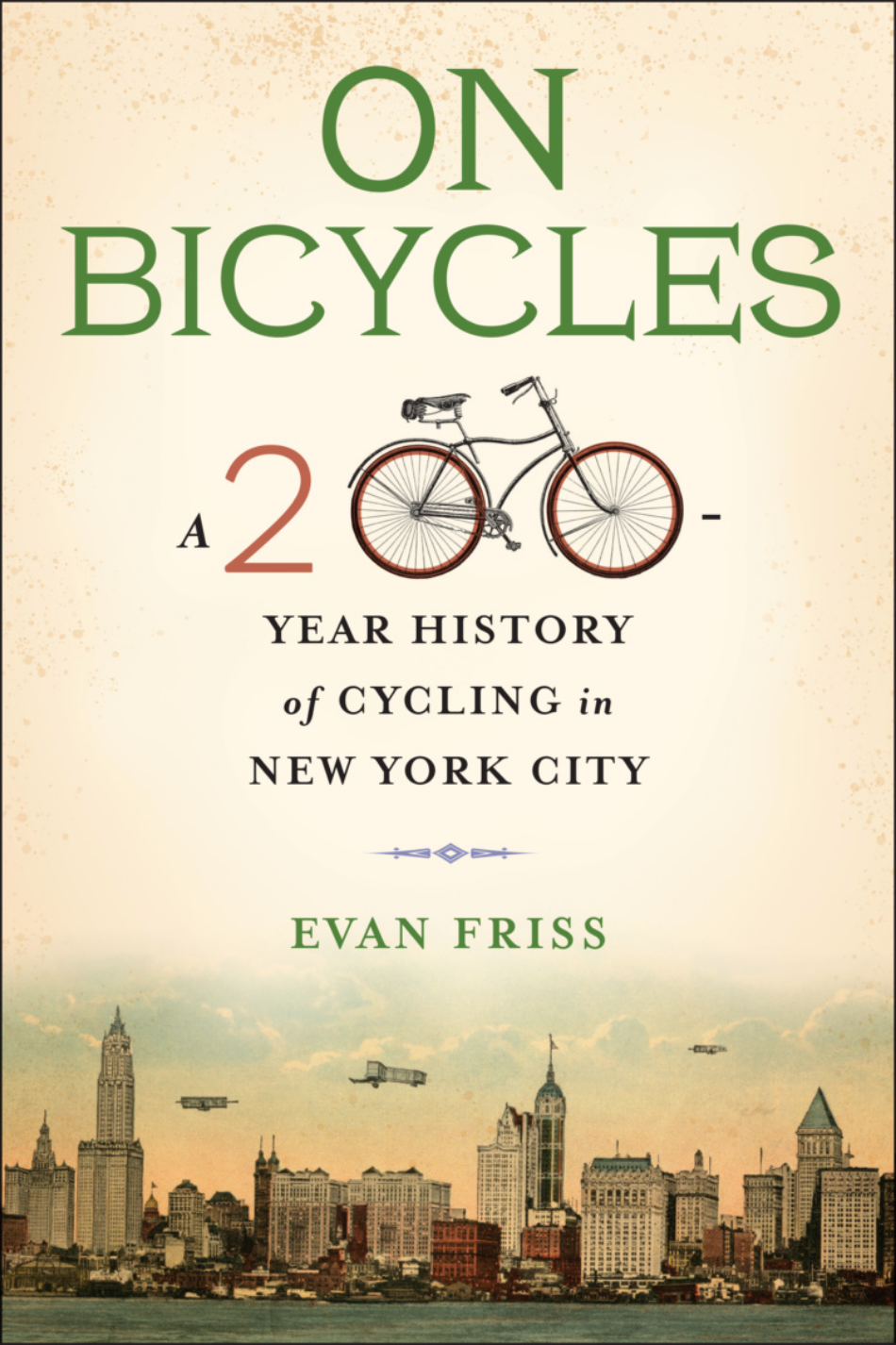The Great Epizootic of 1872: Pandemics, Animals, and Modernity in 19th-Century New York City
By Oliver Lazarus
Monday, October 21st, 1872, began like many mid-fall days in New York — overcast and muggy with spitting rain, and a high of sixty-six degrees. Fall was supposed to mark the height of business in the city, when commerce and trade peaked. But as the week of October 21st dragged on, this seemingly unstoppable progress came to a halt. The cause of this stoppage was an attack on what is often dismissed as a vestige of that pre-modern city, but what was arguably New York’s most important energy supply: horsepower.
Read More“The Scourge of the ‘90s:” Squeegee Men and Broken Windows Policing
By Jess Bird
There is perhaps no other bogeyman of New York City’s “bad old days” that has incited greater ire than the squeegee man. Cars created a sense of safety, of separation from the unruly world of the street, but a window washer approaching a car stopped at a red light ruptured that sense of safety, incited panic, and demonstrated, to some, a breakdown in law and order. Squeegee men, “the scourge of the ‘90s,” symbolized the need to be tough on crime, regardless of the costs. Unsurprisingly then, the so-called squeegee pest featured heavily in the mayoral race of 1993, a rematch between incumbent Mayor David Dinkins and Rudy Giuliani.
Read MoreLast Subway: The Long Wait for the Next Train in New York City
Philip Mark Plotch Interviewed by Robert W. Snyder
Ever since New York City built one of the world’s great subway systems, no promise has been more tantalizing than the proposal to build a new subway line under Second Avenue in Manhattan. Yet the Second Avenue subway — although first envisioned in the 1920s, did not open until 2017 — and even then in a truncated form.
Read MoreBoss of the Grips: Interview with Eric K. Washington
Interviewed by Prithi Kanakamedala
Today on the blog, Prithi Kanakamedala talks to Eric K. Washington about his current work, Boss of the Grips: The Life of James H. Williams and the Red Caps of Grand Central Terminal. This book has garnered a great deal of praise, including citation as one of the Best Biographies of 2019 by Open Letters Review and special recognition from The Municipal Art Society of New York as a 2020 Brendan Gill Prize Finalist.
Read MoreGreater New Yorker: George McAneny, the Dual System and the Making of Greater New York
By Lucie Levine
On March 19, 1913, at the offices of the New York State Public Service Commission, in the New York Tribune Building at Nassau Street and Park Row, a group of city administrators and transit tycoons signed the “Dual Contracts,” a landmark deal between the City of New York, and the IRT and BRT subway companies, to vastly expand the city’s subway network. The Dual System was the largest single public works initiative in American history up to that time. It doubled the size of the subway network and tripled its capacity, made possible the development of the outer boroughs, and allowed for the unprecedented growth of an unparalleled city.
Read MoreOn Bicycles: A 200-Year History of Cycling in New York City
Evan Friss, interviewed by Kara Murphy Schlichting
Evan Friss’s latest book explores how bicycles and bicyclists shaped the city’s social, economic, infrastructural, and cultural politics.
Read MoreOn the Hot Seat: An Interview with John Garvey of the Taxi Rank & File Coalition
John Garvey is a Brooklyn native and lifelong New York City resident. During the 1970s, he was a leading activist in the Taxi Rank & File Coalition, a group of radical cab drivers determined to fight their bosses and a union leadership they perceived as corrupt and ineffective. Later in life, John worked as an educator in New York City jails and headed the Teacher Academy and Collaborative Programs at the City University of New York, where, among other things, he was instrumental in establishing the CUNY Prep program, which offers out-of-school youth a pathway to college. He is an editor of Insurgent Notes, of Hard Crackers: Chronicles of Everyday Life, and was an editor of Race Traitor, a journal that published between 1993 and 2005 whose motto was “treason to whiteness is loyalty to humanity.”
This interview, conducted by Gotham's Andy Battle, has been condensed and edited for clarity.
Read More






